Research Projects
Our program has four main focus areas:
- chemical and cultural weed control research in perennial crops, and support for weed control in annual cropping systems;
- biology and management of branched broomrape in processing tomato;
- herbicide-crop interactions and herbicide fate in the environment; and
- pesticide registration support via the UC Davis IR-4 Field Research Center
Weed control
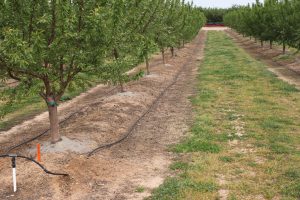
Weed management in US agriculture necessarily depends on herbicides to provide rapid and economical weed control on a commercial scale. Modern weed control techniques usually keep weeds from reaching epidemic proportions resulting in wide spread crop failure as is occasionally observed with insects or disease problems. However, weeds remain an annual management concern and substantial production expense (e.g. herbicides, tillage, and labor) in nearly every cropping system in the world. As new herbicide active ingredients or application techniques reach the market, growers rely on university researchers for unbiased information on how and when to best use the technology. In response to this need, we conduct research on the weed control efficacy, crop safety, and environmental fate of weed control chemicals. Across a range of crops, the chemical weed management portion of our applied research program lends itself well to interactions with growers, other specialists, Farm Advisors, and influential pest control advisors around the state and forms the backbone of our extension program.
- Summaries of some of this work can be found on the UC Weed Research Report Database
Herbicide-resistant weeds
A related theme in our program over the years has been herbicide-resistant weeds, particularly glyphosate resistance in California orchard, vineyard, and annual crop production systems and associated areas. Much of the field herbicide program is focused on those weeds that are not well controlled by glyphosate as that is often an industry priority. In addition, a great deal of collaborative basic research conducted by graduate students and postdocs in our group has been related to furthering our understanding of the occurrence, distribution, and mechanisms of herbicide resistance in California.
- Click here for a link to a 2014 review article
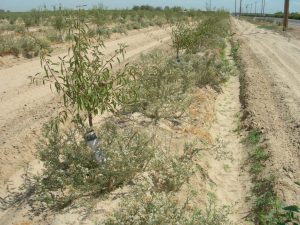

Herbicide fate, physiology and crop injury
Weed control chemicals provide tremendous opportunities for highly effective and economical weed control. However, in some situations, these tools can have considerable non-target effects due to misapplication, drift, or carryover in the soil. As a statewide extension specialist, many of the questions I receive from growers and pest control advisors are related to troubleshooting crop injury symptoms suspected to be due to herbicides. In response to these stakeholder concerns, we are conducting research to evaluate and document the effects of herbicide drift, soil carryover, and misapplications on various orchard crops for both training and diagnostic purposes.
- Click on the UC IPM Herbicide Symptoms link for a helpful tool for troubleshooting suspected crop injury from herbicides
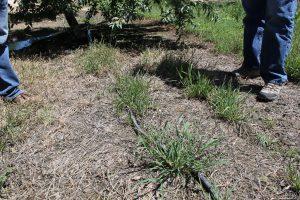
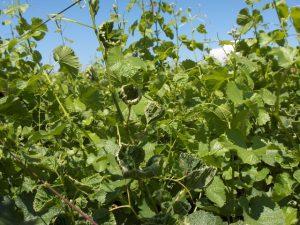
Although they are an essential weed control tool in many cropping system, inadvertent exposure of crops to herbicides can lead to significant (and sometimes puzzling) crop injury. Among many potential routes of exposure, herbicide injury can come from in-field drift due to wind during application as in the young walnut orchard above or pesticide movement from nearby application as in the wine grapes exposed to a phenoxy herbicide (in the photo above, probably aminopyralid).

Once herbicides are applied their environmental fate depends upon a number of transfer and degradation processes. All herbicides degrade in soil; however, the rate of degradation is a function of their specific chemistry and soil and environmental factors. Fundamental understanding of factors affecting chemical reactions, microbial activity, and soil physical properties can help us predict herbicide behavior in soil and minimize crop and non-target injury and environmental harm.
UC Davis IR-4 Field Research Center
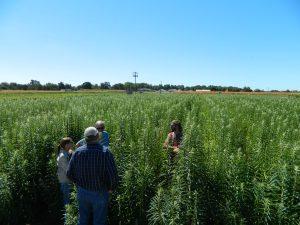
The Davis Field Research Center is one of the eight locations in the Western Region IR-4 Field Program. This program supports research to aid in registering pesticides (herbicide, fungicides, and insecticides) on minor acreage crops. This is important to specialty crop agriculture in the state and region and we usually conduct 15-25 residue trials for the food use crop residue program and 6-12 crop safety trials annually. In general, our involvement includes growing a wide range of specialty crops, applying the pesticide, collecting samples, and storing and shipping to analytical labs in accordance with Good Laboratory Practices (GLP) protocols and record keeping requirements. Ultimately, the resulting pesticide residue data are used by USEPA, CDFA, and the pesticide registrants to make decisions about registering pest control products on minor acreage crops that would not otherwise have sufficient market justification for the manufacturer.